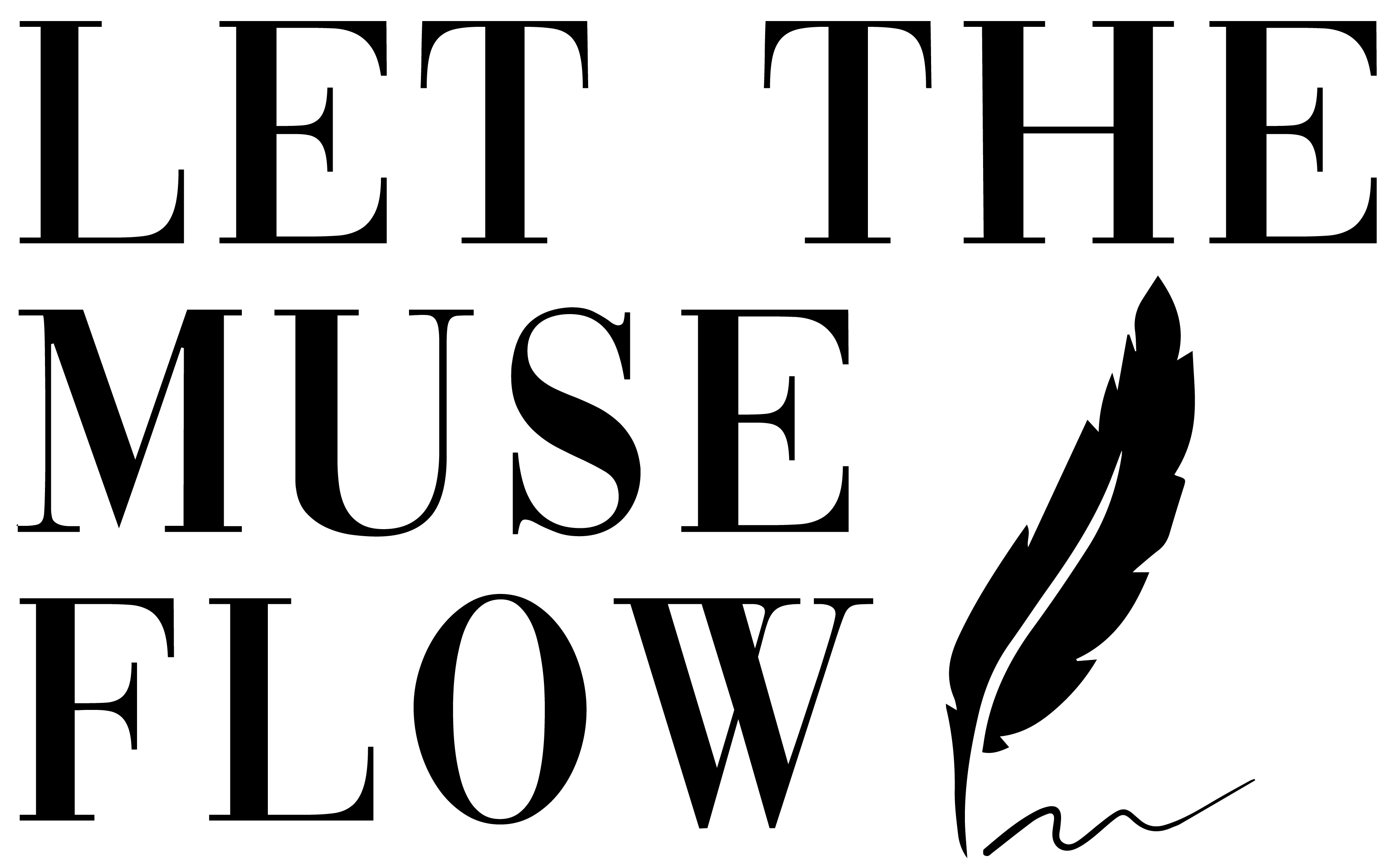
Globally, many workplaces are establishing asynchronous communication as the new way of working – given the pandemic and emerging future of work. In asynchronous communication, there is no clock line between two parties. This means that employees are longer interrupted by tedious requests or questions and don’t need to respond to information as soon as it is received. It helps employees do their deep work with better focus.
As a globally growing remote workforce, with a common love for collaboration and community, our work is also increasingly supported with effective asynchronous collaboration.
Why asynchronous communication? With the rise of global remote working arrangements, we respect the thinking and responding space between the sender and recipient in these different countries. This is where asynchronous communication gives more control and freedom to the recipient to respond on his/her time. While synchronous communication enables real-time conversations through live chatting and video conferencing, async communication helps us to process the message and form meaning and then give a consummate response to the other stakeholder based on our own bandwidth. This frees both the parties to be off the clock and the need to be “synced up.” Result? Less stress and higher communication impact (asynchronous) over constant interruptions and tending to immediate responses (synchronous).
Common asynchronous communication examples include emails, Jira, Basecamp, Slack, Hipchat, WhatsApp, texting, and G-suite, among others, where employees can share documents and collaborate. These modern tools are built to support asynchronous communication when it comes to digital documentation – whether that’s a tag, comment, request, update, new task – for a thoughtful revert.
Quite ironically, this form of communication style has to function in a well-planned manner. For example, if you have queries regarding a project, you’ll think through in advance to accommodate last minute requests so that the recipient on the other end can take a day or two to respond with your questions.
That said, to truly embrace the power of async communication, people, process, value system and technology play a crucial role to boost team productivity, improve bonding and (holistically) do more meaningful work.
Ahead are some key benefits and positive impacts of employing async communication at work – ones that could pattern your values and culture.
Inclusive async collaboration dissolves the boundaries of role, culture and time zone: one that speaks the common language of innovation and creativity that is implicitly understood by your employees. Through this continuous learning and unlearning process, you can solve hard customer problems by sourcing the best ideas from your diverse team that allow everyone to contribute their ideas without fear of interruption or unpleasant feedback. As a result, your team collectively arrives at a qualified consensus to any customer and/or business problem at hand. In addition, by embracing an asynchronous collaboration culture, we have wide access to a global talent pool from different time zones that are not confined to a physical location/ office.
A shared sense transparency and authenticity brings new ideas, experiences and awesome things your team encounters in their respective work lives. By syncing with the async mindset, you foster an environment every member of our team can speak candidly about mistakes; and as continuous learners you iterate faster and embody first principles thinking to get to the root of the problem. This way, instead of knee-jerk responses, your people have the time to think through a particular problem or idea and be a part of more fruitful discussions. Further, because most communication happens in writing, conversations and decisions are documented automatically for future references for other information users in the company. Using public tools keeps these communication records intact and provides a clearer context and perspective for the person representing this information.
Empathy that reflects in your work. With an async work environment comes a natural care and empathy for our colleagues’ workloads and gift of time. Ensure that your teammates get to celebrate their meaning and purpose of work with their own sense of autonomy and ownership to drive business results is the greatest gift your can give to your company, products and clients.
Improved efficiency. As natural tinkerers you act and iterate quickly. You can do this by adopting async communication style gets you to process things in greater depth at your own pace and cadence. To operate as your best version, async communication helps you to inspect all problem aspects by documenting details on a work matter in your time to give and get a more constructive input. Overall, this way of documentation leads to a higher agility and quality of business and people outcomes.
Asynchronous communication is the secret driving force behind both remote and traditional work environments. For these forward-thinking workplaces, work is an outcome and not a place to be. Certainly, synchronous communication also has its own merits – especially in brainstorming sessions or having regular 1-on-1 meetings with your colleagues/ peers. It builds social bonds within the company and helps to think on your feet in case of urgent/ sensitive matters, among other key benefits.
Together, let’s create the future of work in this now!
Photo by Bram Naus on Unsplash

